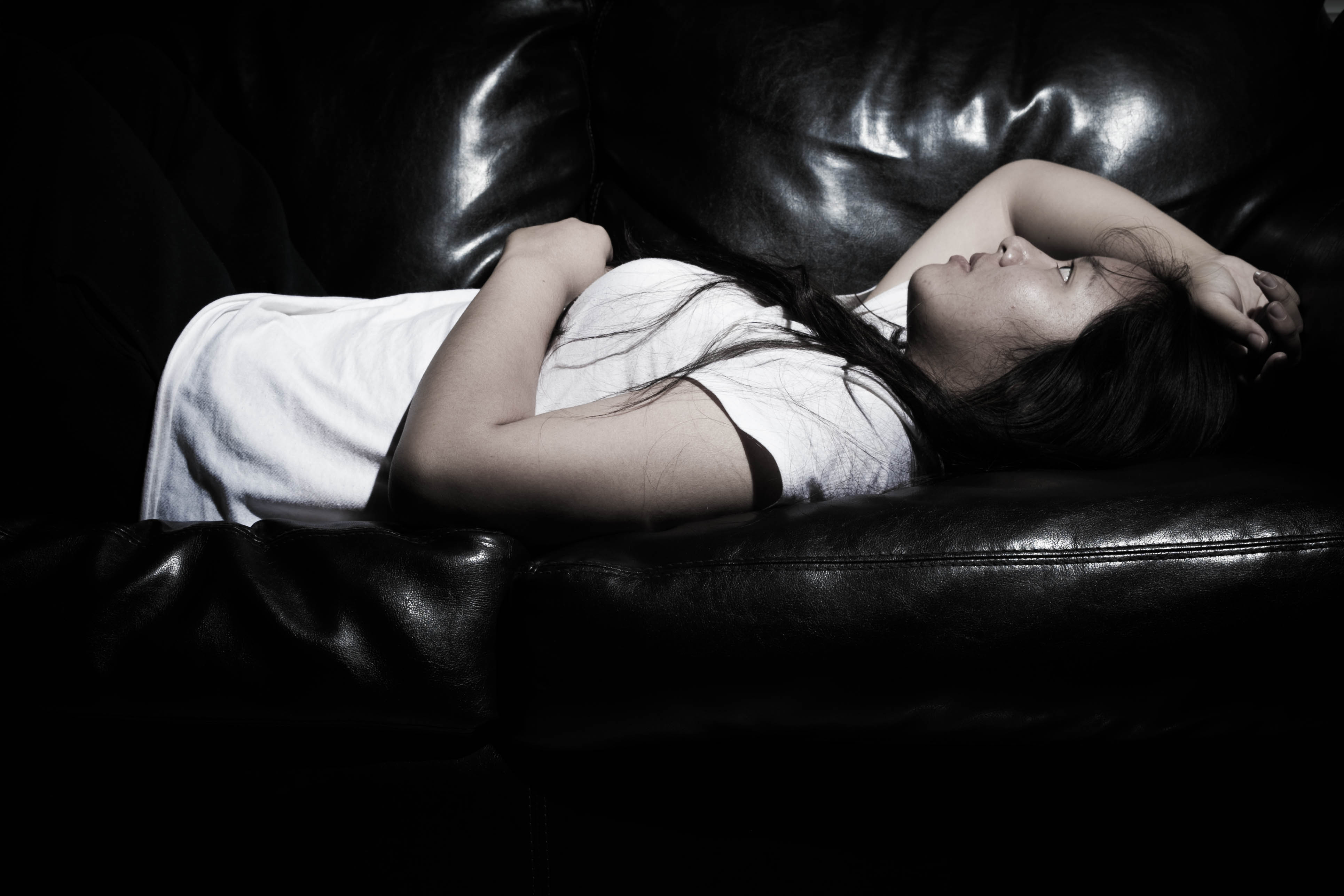Getting stressed out and anxious occasionally are normal responses to the everyday life struggles you face. However, if the worrying and anxiety starts to be overwhelming, then you might need to be aware of Generalized Anxiety Disorder (GAD).

Generalized Anxiety Disorder (GAD) is the one of the most common types of anxiety disorder. It is a chronic (long-term) form of anxiety disorder where the person experiences intense fear and apprehension, to the extent that it interferes with his/her everyday tasks. Mostly the fearful behavior is an outcome of a known cause or event. The symptoms of this type of anxiety disorder prolongs to six months or more.
How common is Generalized Anxiety Disorder (GAD)?
Generalized Anxiety Disorder (GAD) can occur with anyone regardless of age, sex or any other personal attributes. Studies show that approximately 6.8 million adults in the U.S that counts to 3.1% of its population are suffering from GAD. The disorder usually starts from childhood or adolescence. Many times, the disorder is recognized only after the prolonged symptoms of stress and anxiety. Studies also show that women are twice more prone to have this disorder than men.
Causes of GAD
Studies show that GAD is more prone to people who have been living in stressful environment for a long period of time. Along with the prolonged stress, change in the person’s brain functioning and brain chemicals like Serotonin can also cause GAD in the long run.The other causing factors can be heredity; people are more prone to GAD if they already have a family history of anxiety and depression. All of these elements processes as a chain.
Any stress/ trauma > change in brain chemicals like serotonin(more common in people who already have history of depression and anxiety in family) coping skills > GAD
Symptoms of GAD
If multiple of these symptoms persist for six months or more, the person might have GAD.
In adults, following symptoms may occur if he/she is facing GAD.
- Constant and uncontrollable worrying, fear and anxiety, developed out of a known cause object/person/event
- Irrelevant thoughts about how the fear might become a reality
- Complete concentration on one’s thoughts and anxiety
- Distracted from other regular everyday tasks
- Increased consciousness and alert at all times
- Unable to sleep
- Physical distress which may include one or more signs such as muscle tension, body shaking, racing heartbeat, chest pains, trouble in breathing, uneasiness in abdomen, diarrhea, frequent urination, sweating, dizziness and fainting, and difficulty in eating/swallowing food
Specifically in children and teenagers, the following kinds of symptoms can be found.
- Feeling of anxiety about family, school, friends or siblings if any, and being more clingy with the loved ones
- Feeling nervous to do any task
- Not satisfied with one’s own works and doing it repeatedly
- Trying to get everything done perfectly
- Easily irritated and sensitive
- Self-doubting
- Easily startled
- Difficulty in sleeping
- Physical distress which may include one or more signs such as muscle tension, body shaking, racing heartbeat, chest pains, trouble in breathing, uneasiness in abdomen, diarrhea, frequent urination, sweating, dizziness and fainting, and difficulty in eating/swallowing food
When to visit a doctor?
As mentioned already, you don’t need to rush to a doctor if the worrying and anxiety is at a normal level, and not affecting your everyday works. Visit a doctor only if you’ve been experiencing the above symptoms for at least six months or more, and have visibly affected your regular tasks of life.
GAD Treatment
The disorder is treated by using a combination of proper medications and psychological therapies.
Appropriate medications
Your doctor would prescribe you the dosage of medications to eliminate the symptoms of the disorder. Usually, the medicines include anti- depressants which help brain chemicals like Serotonin and Norepinephrine to regain a normal functionality. Also, anti- anxiety medications can help to control the symptoms.
In emergent and limited cases, doctors may use Sedative drugs to control the mental situation of a person. As this type of medicine can take a form of habit, doctors usually don’t consider this unless in condition of extreme cases.Consult properly with your doctor before taking any kind of medication.
Psychotherapies
Regardless of any medications you take, psychotherapies are inseparable part of the treatment for GAD. Psychotherapists use different techniques such as cognitive behavioral therapy and talk therapy to bring the symptoms in control.
Cognitive behavioral therapy helps to improve the thinking pattern, and get the irrational thoughts in control. It helps a person recognize the source of the anxiety, and get rid of it. The therapy is oriented towards changing the feelings of a person towards the source of distress and fear.
This kind of therapy uses psychological counseling. Counseling helps the person confront all the feelings and thoughts which he/she suffered. Through several sessions of talk therapy, the person would be able to share and talk about his/her problems and fear. It builds capability in the person to fight with the distress.
Change in lifestyle
Along with regular counseling and proper medications, several positive changes in lifestyle play a crucial role to fight the disorder.
- Add healthy food diets in your everyday meal like whole grain meals, fruits, green leafy vegetables and fish
- Start simple exercises like walking, cycling, or playing your favorite sports
- Learn meditation as it can help you learn relaxing and visualizing the life challenges more clearly at the same time
- Avoid alcohol and cigarettes strictly as they worsen the anxiety and stress
- Cut off caffeine intake as they act like triggers for anxiety and stress
- You can join support groups of anxiety where you’d meet people you can relate to and share your story